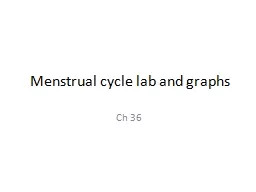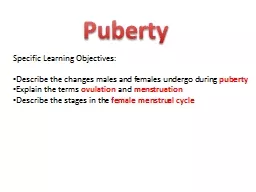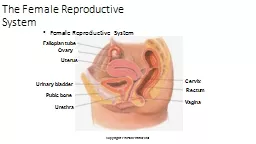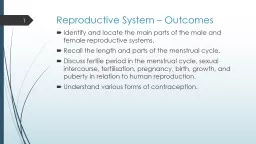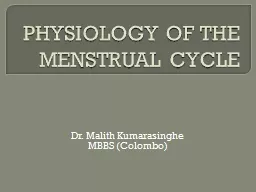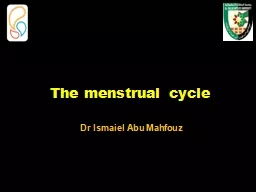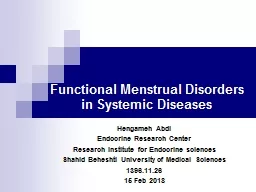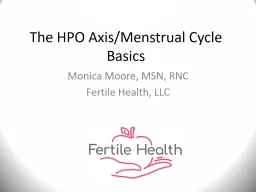PPT-Menstrual cycle lab and graphs
Author : lindy-dunigan | Published Date : 2018-11-03
Ch 36 Menstrual cycle ovulation The Menstrual Cycle About every 28 days some blood and other products of the disintegration of the inner lining of the uterus the
Presentation Embed Code
Download Presentation
Download Presentation The PPT/PDF document "Menstrual cycle lab and graphs" is the property of its rightful owner. Permission is granted to download and print the materials on this website for personal, non-commercial use only, and to display it on your personal computer provided you do not modify the materials and that you retain all copyright notices contained in the materials. By downloading content from our website, you accept the terms of this agreement.
Menstrual cycle lab and graphs: Transcript
Download Rules Of Document
"Menstrual cycle lab and graphs"The content belongs to its owner. You may download and print it for personal use, without modification, and keep all copyright notices. By downloading, you agree to these terms.
Related Documents

